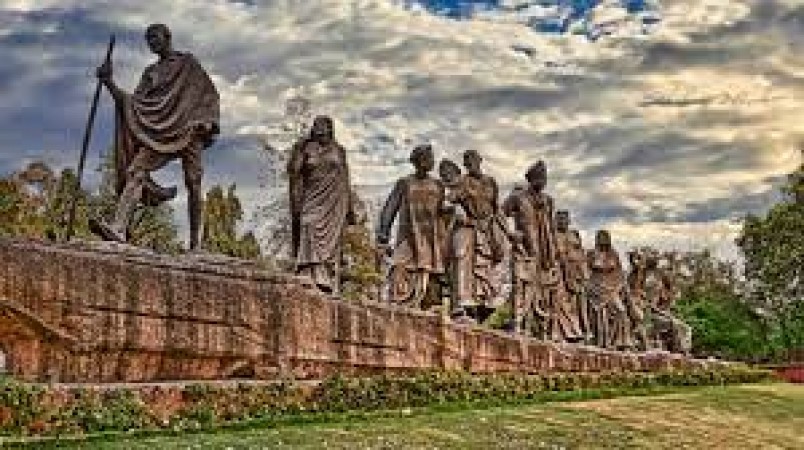
India's struggle for independence from British colonial rule spanned several decades, and one of the pivotal chapters in this remarkable journey was the Quit India Movement. Launched with the call for complete independence, the movement galvanized the nation and played a crucial role in India finally achieving its freedom. In this article, we delve into the significance and impact of the Quit India Movement, exploring its historical context and the factors that contributed to its success. The Quit India Movement, also known as the August Movement, was a significant civil disobedience campaign initiated by the Indian National Congress on August 8, 1942. It aimed to demand an end to British rule in India and marked a turning point in India's struggle for independence.
2. Background of British Rule in India
To understand the Quit India Movement's importance, it is crucial to comprehend the backdrop of British colonial rule in India. The British East India Company's arrival in India in the 17th century eventually led to the establishment of British dominion over the Indian subcontinent. Over the years, India's resentment against British colonial policies and exploitation grew, laying the groundwork for the freedom movement.
3. Precursors to the Quit India Movement
Before the Quit India Movement, India witnessed several other freedom movements that paved the way for mass mobilization and resistance against British rule. Two notable precursors were the Civil Disobedience Movement in 1930 and the Non-Cooperation Movement in 1920.
4. Launch of the Quit India Movement
The Quit India Movement was officially launched in 1942 by Mahatma Gandhi, who delivered a compelling speech urging Indians to demand complete independence from British rule. The call for "Do or Die" inspired millions of Indians to join the movement, and the nation erupted in widespread protests and agitations.
5. Repression and Suppression by the British
The British colonial authorities responded to the Quit India Movement with a heavy hand, using brutal force to suppress the dissent. Thousands of protesters were arrested, and the government resorted to censorship and repression to quell the uprising.
6. Impact and Significance of the Movement
Despite facing severe repression, the Quit India Movement left an indelible impact on India's struggle for independence. It shook the foundations of British rule and garnered international attention and support for India's cause.
7. Legacy and Aftermath
The Quit India Movement's legacy endured even after its suppression, as it instilled a sense of unity and determination among Indians. It also led to a shift in public opinion, with more people supporting the call for independence.
8. The Quit India Movement's Contribution to India's Independence
The Quit India Movement played a critical role in India finally gaining its independence from British rule on August 15, 1947. The movement's resilience and sacrifice showcased the nation's unwavering commitment to freedom. the Quit India Movement remains an unforgettable chapter in India's struggle for independence. It brought Indians together under the banner of freedom and instigated a wave of change that eventually led to the end of British colonial rule in India.
Defending Honor and Integrity: Rajnath Singh's Address on Kargil Vijay Divas
Dr. Rajendra Prasad: The First President of India and His Impact on the Freedom Movement
Chittaranjan Das: A Trailblazing Leader in India's Freedom Struggle